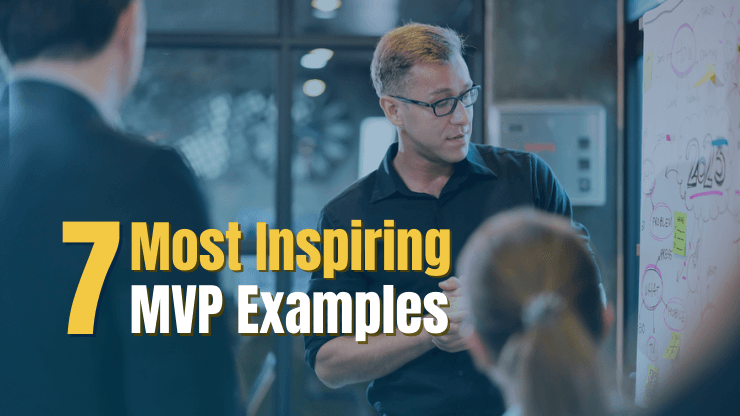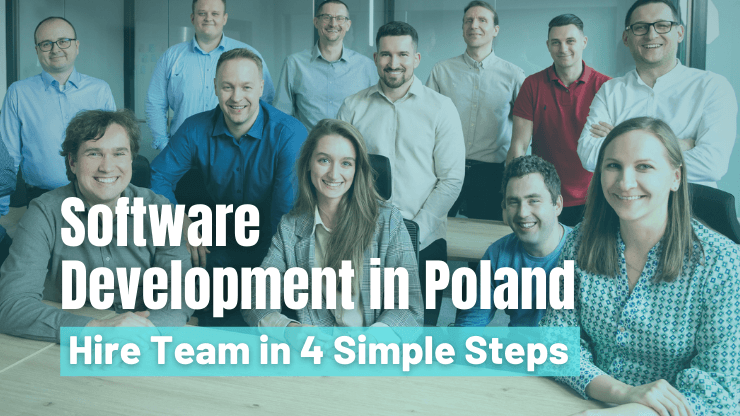If you're a founder of a startup or product manager, you're facing tough odds. Over 90% of startups fail, and even 75% of venture-backed startups don't make it. When you build a new product, you're essentially making a bet.
Creating a minimum viable product (MVP) is an effective way to validate your idea with less time and money. But what does a successful MVP look like?
In this article, we'll explore 7 real MVP examples that became huge successes and show you how to use MVPs to validate your own business idea.
What is a minimum viable product?
A minimum viable product (MVP) is a product with just enough features to be usable by real end-users. Popularized by Eric Ries in "The Lean Startup", an MVP typically builds on prototyping work. The goal is to release a basic version of the product and use real customer feedback to inform future iterations.

MVPs embrace validated learning in the development process. By understanding what early adopters like and don't like, you can adjust your product to better fit the market. It's a way to test business hypotheses directly with real users.
Why build a minimum viable product?
An MVP allows you to enter the market quickly, get real user feedback, and improve your product iteratively. It helps with market timing, generating initial demand, and guiding future development based on early customer input.
Key benefits of building an MVP include:
- Getting useful feedback on basic features
- Attracting early adopters
- Testing the market before full commitment
- Focusing on core features
- Embracing validated learning early
- Attracting investors with a shipping product
While your MVP might not reap all these benefits, even a few can significantly reduce development costs and accelerate time-to-market. For these reasons, embracing the MVP development process is often a smart choice for startups.
Risks and limitations of MVPs
Despite their advantages, MVPs have potential drawbacks:
- Incomplete user experience may not fully showcase the product's potential
- Potential misinterpretation of feedback due to the product's incomplete nature
- Exposure to competitors who might develop faster, more feature-rich alternatives
- Possible technical debt from rapid development
- Risk of damaging brand perception if not properly communicated
- Resource allocation challenges, especially for startups with limited funding
Understanding these risks can help you make informed decisions and develop strategies to mitigate potential issues during your MVP development process.
MVP vs proof of concept vs prototype
It's important to distinguish between an MVP, a proof of concept (PoC), and a prototype:
- A PoC is built very early to prove project feasibility, often before any significant investment.
- A prototype is the first tangible version of your product, used for visualization and initial testing.
- An MVP is a functional product with core features, ready for real user testing and market validation.
Each serves a distinct purpose in the product development lifecycle. A PoC might be a landing page or email campaign, while a prototype could range from a paper sketch to an interactive digital design.
If you're ready to move forward with an MVP, start by defining your product's value proposition. This will guide you in determining which core features to include in your minimum viable product.
Minimum Viable Product (MVP) Examples
As we have seen, a minimum viable product (MVP) is a product with the minimum core features necessary to launch it to the market and start gathering feedback from users. An MVP is not a prototype or a finished product; it is a product with only the core features that are required to validate a concept or business idea. Deciding you want to build a minimum viable product is the first step. Next is deciding what type of minimum viable product you want to build (we’ll look at all types of minimum viable product examples below!).
There are several different types of MVPs:
- Single Feature MVP: This type of MVP focuses on delivering a single core feature (or small set of features) to users.
- Concierge MVP: This type of MVP involves manually delivering the product or service to users by having real humans replicate what the final software product will do automatically.
- Piecemeal MVP: This type of MVP is created by piecing together existing components or functions, often from third-party software.
- Single Market MVP: This type of MVP focuses on providing a product to one core market group, such as a single city.
- Internal-First MVP: This type of MVP is launched first to an internal group of users.
We’re going to walk through a variety of minimum viable product examples, so you can decide what type of MVP product development and MVP concept is right for your business, startup, or organization.
Single Feature MVP
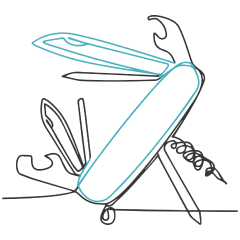
First up is the single feature MVP. This kind of minimum viable product is focused around a single feature or perhaps a single set of features. The idea here is that you center your MVP concept around one specific thing - something that is at the heart of your value proposition.
By default, this is the model that many businesses will use to build their minimum viable product. If you look around for minimum viable product examples, a great majority of them will be single-feature MVPs. And it’s for good reason! With this model, your product’s initial version can remain very close to the heart of the problem you are solving for people without the need to have every feature be completely functional.
To come up with a clear MVP concept, you should take a look at your business or product’s define value proposition, and ask yourself some questions:
- What core feature (or set of features) will best solve the main problem I want to solve for potential users?
- What core feature (or set of features) will best resolve the main pain point that my users have?
- What feature (or set of features) will help me test market viability for future versions of my product?
Once you have given this some thought, you should arrive at the single feature (or set of features) you want your minimum viable product to focus on. Now the hard part comes where you cut out all of the other potential features or enhancements you have on your long list.
Doing this allows you to keep your focus clear: develop a minimal viable product with just the core components. This strategy, which you will see in the MVP examples below, will save you significant time and money compared to developing a full product or even an MVP product with more features. However, one of the greatest benefits is that your product will be easy to understand and (hopefully) easy to use by its first customers. Win, win!
Pros
- Time-to-market is fast.
- Lower financial investment required.
- Easy for users to understand.
Cons
- Practical usability may be lower.
- Risk market rejection due to limited functionality.
MVP example #1: Pinterest
Launched into the market under the name Tote, Pinterest’s MVP product was a simple app designed to help women visually bookmark their interests. This single-feature minimum viable product example was built around the “pin button.” If you’re familiar with Pinterest today, you’ll know that the pin button is still at its core.
Focusing their minimum viable product around the pin button helped Pinterest (then Tote) test the market’s reaction to this new type of virtual interaction. No other app at the time was using this kind of feature, so it was critical for Pinterest to see if it was even viable before building out a more robust feature set.
Doing so not only helped them validate that their users embraced this pin button functionality but also helped to give them a name in the market as a digital bookmarking site. Conducting market research was a crucial part of this process. Their MVP was a success!

MVP example #2: Instagram
It’s hard to imagine Instagram without reels and stories, but not that long ago, it was something much more simple. Instagram launched its minimum viable product into the market as an app that simply allowed users to upload a photo, add a filter, and share it with their friends.
While it’s technically not just one feature, it is one set of features. This clear focus on one set of features helped clarify the social media app’s purpose to users and test how users interacted with it in real life. This is proof that even the most well-funded startups rely on a strong minimum viable product strategy for success. In fact, it’s one of the most successful minimum viable product examples out there!

Concierge MVP

A concierge MVP, or sometimes called a “wizard of oz” MVP, involves manually delivering the product or service to users instead of delivering it via fully developed software. Sometimes, users will be aware that they are interacting with a human who is delivering the service to them. In other cases, users will not be aware and the human-provided service is hidden behind a virtual “wall.”
Either way, the main purpose of a concierge MVP is to test your product’s core functionality in the market faster than you could if you invested in complete software development. It’s important to note that this MVP example is not necessarily used to save costs, as you will need to hire staff to do all of the manual work. The main draw is its ability to speed up your time to market.
To know if a concierge MVP is right for you, consider the following questions:
- How important is time to market? If it’s very important, a concierge might be the right fit.
- How easy (or hard) would it be to staff real people to fulfill user requests or provide the service I’m selling? Are special or expert skills that are required?
- What’s the cost difference between staffing a concierge MVP and developing the full software solution?
Pros
- Accelerated time to market.
- Deep insight into user experience.
Cons
- Difficult to replicate automated experience.
- User experience is not consistent.
- High cost to staff real people.
MVP example #3: Aardvark
Aardvark was developed to connect users to their friends or friends-of-friends who could answer a question they had. The idea was to have Aardvark start up a conversation automatically with the most relevant person in your network when a user asked the app a question.
This MVP example was built around real people managing the search query results and conversations. This allowed the Aardvark team to test their assumptions about how people would interact with their product without needing to build a fully-automated platform.
In this case, a concierge MVP worked really well because building an automated platform was going to require significant development work, and there was minimal skill required by staff members who were providing the manual service. You may be able to take a page out of Aardvark’s book if you’re in need of an MVP solution that requires minimal software development.
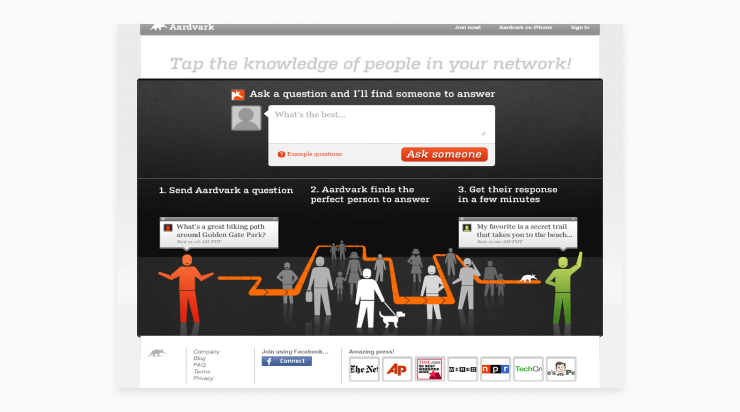
Piecemeal MVP
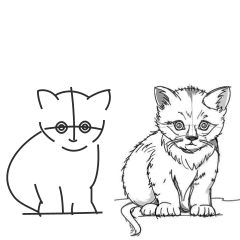
A piecemeal MVP is a product that is built in a piecemeal fashion, with only the most essential features included. The idea is to build a solution using software and other tools that already exist. From a practical standpoint, this usually means using third-party software and applications to build a new, custom solution. Your MVP ends up being a frankenstein of different applications.
This approach allows for an MVP to be delivered faster and usually with less risk than a traditional MVP. It’s often a lot easier to connect various pieces together than it is to build something completely from scratch. For this reason, you may find many minimum viable product examples that use this model!
However, it’s not a good option for every team as you risk building something that can not easily be used when building the final product. Teams need to consider if the investment in a piecemeal MVP is going to pay off. If you’re going to have to end up tossing out your initial MVP and later building something from scratch, you may find that it wasn’t actually worth it at all to use this method. On the other hand, if the cost to build the MVP is somewhat low, maybe it is still worth it.
A piecemeal MVP is generally a good option if:
- You have a very tight budget and need an MVP to win over investors.
- You have limited technical resources and are unsure you can deliver a quality built-from-scratch solution.
- You are entering a very competitive market with many mature competitors.
If you are considering a piecemeal MVP solution, it also might be worth consulting a software outsourcing company, so you can compare the true cost of developing a more traditional MVP vs a piecemeal MVP.
Pros
- Speeds up time-to-market.
- Minimal technical resources needed.
Cons
- Not practical for complex products.
- MVP may not be extensible for future versions.
MVP example #4: Wealthfront
Wealthfront, a prominent automated investment service, utilized a piecemeal MVP strategy to revolutionize the financial advisory market. Initially, Wealthfront leveraged existing third-party software and cloud-based services to create a basic, functional platform that automated investment processes for users. This allowed the company to enter the market quickly, with significantly lower costs and risks compared to building a solution from scratch.
The quick deployment enabled Wealthfront to gather valuable user feedback, which was essential for refining their product. The use of a piecemeal MVP helped attract early investors and gave Wealthfront a competitive advantage in an industry dominated by traditional financial institutions.
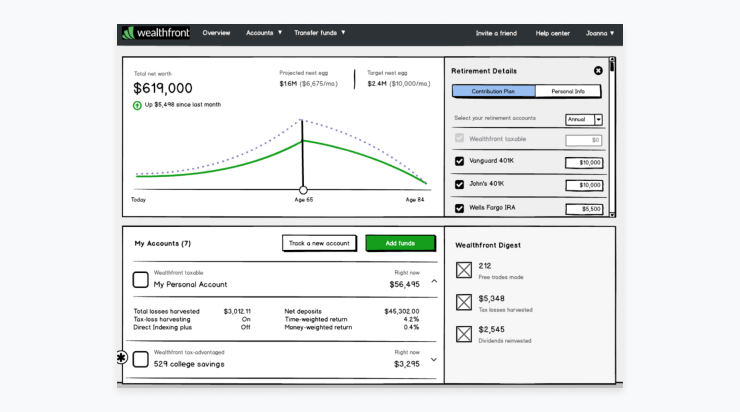
Single-market MVP
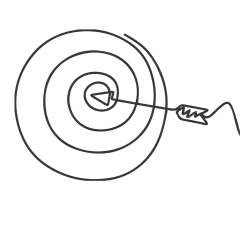
A single-market MVP is a minimum viable product designed to focus on a single user group, demographic or market. Doing so can help keep development costs lower, but the real benefit is the savings on the customer service and maintenance side of things post-launch.
Often when a new product is released to the market, users will flood the startup with questions and feedback - not to mention a long list of bugs that will suddenly appear thanks to a much larger group of testers (i.e. real users). This feedback is great, but it can overwhelm a small startup.
Designing an MVP for a very specific, smaller user group can help to reduce all of this feedback overload. You’ll still see the benefit of validating your product idea, but now you’ll be able to watch the hype for your product grow while you make all of the needed adjustments on the backend at a reasonable pace. Take a look at the minimum viable product examples below for a taste of how to implement this type of MVP yourself!
Pros
- Early feedback is more manageable.
- Can drive up hype for product.
- Lower development costs.
Cons
- MVP will be untested in other markets.
- Potential to not have an initial “bang” in the market.
MVP example #5: Facebook (Meta)
One of the most successful startups in history, Facebook (now known as Meta), had humble roots as a virtual directory of sorts for Harvard students. I’m sure you’ve heard the story before: Mark Zuckerberg built the site in his dorm room and in a short time, it was being expanded to other universities such as Stanford, Columbia, and Yale. Today, of course, Facebook is used by many more people than university students.
While it’s hard to know exactly what the intention was behind the very first version of Facebook, it’s clear with this minimum viable product example that releasing it to a single market (Harvard students) helped to build demand for the application and test its viability. There’s nothing more alluring than something you don’t have. So, when students at other colleges and universities were hearing about the app, they desperately wanted in.
It’s probably best not to build your entire business model around being the next Facebook, but you can learn a thing or two from this MVP example that by all accounts was a single-market MVP at its roots.
MVP example #6: Uber
When Uber launched with its MVP product in 2010, it was focused on one single market: San Francisco. That’s a far cry from the other 80 countries that have Uber today. Uber took this approach with their MVP to help validate the product’s viability in a small market, who by all accounts, is more tech-savvy and open to new tech than many other parts of the country.
With this MVP example, we can see that Uber chose to focus on the key problem they solved for their user group: to hire a taxi at the cheapest rate possible. It worked. Given their early adopters' positive feedback, they then took their MVP product and scaled up dramatically into the app we know today.

Internal-first MVP

The last MVP strategy we are going to discuss is that of building an internal-first MVP. The idea here is to build an MVP product that can be used internally - either within your startup itself or within a larger organization that you are a part of.
This is sometimes how startups are organically formed: someone has an idea for something that they think would be helpful to their small team or organization. Then, they build it and test it, not necessarily intending to ever launch it publicly. But, lo and behold, their idea takes off. A lot of people have the same problem they were trying to solve originally! The demand builds and then they end up launching a more formal version of the product externally much later.
But, it doesn’t have to be that way. Sometimes an internal-first MVP can be an intentional strategy all on its own. In the minimum viable product examples below, you will see that you can test an early version of your product (i.e. your MVP product) with an internal-only audience first. When you’re ready for a larger user group, you can launch it to your target audience.
Pros
- Can get feedback from trusted sources.
- Accelerate time to market with quick iteration cycles.
Cons
- Risk building a product that’s not suitable for an external audience.
MVP example #7: Slack
Slack’s early team started working on the app at the end of 2012. By March 2013 they were actually using their own MVP product. This was a great way for the developers to see for themselves exactly what was and wasn’t working. Their early MVP product development paid off, and they were able to iteratively make adjustments and feature enhancements to this early product very quickly.
Slack was then able to take their product and test it with a larger group of people within other organizations. This tiered approach to MVP product development worked really well for them and it can be a great model to embrace as a new startup as well.

Bringing your MVP to life
There are many options available from working directly with freelance software developers to hiring a dedicated software development team. Ideally, you may want to focus on finding an experienced team with a track record of minimum viable product development.
Top tips for identifying potential partners to build out your MVP:
- Look for experience: You'll want a partner that has experience delivering MVP development, specifically. They should understand the lean startup methodology and how to build a product with a minimal feature set. Don’t be afraid to ask for minimum viable product examples that they have worked on in the past!
- Look for a development team that understands your vision: It's important that you partner with a team that understands your vision for the product. They should be able to provide input and feedback during development.
- Look for a development team that is responsive and communicative: During development, there will be a lot of back-and-forth communication. You'll want to partner with a team that is responsive and communicative so that you can get your MVP built as quickly as possible.
- Get referrals: One of the best ways to find a leading MVP development company is to get referrals from other entrepreneurs who have developed MVPs. Ask them who they used and if they were happy with the results.
Conclusion
Investing in a new product is risky. As a startup founder or product manager, you should look at ways to de-risk as much as possible, and one of the best ways to do that is to build an MVP. This approach minimizes upfront costs and allows testing with customers before further investment.
Save up to 40% on MVP development budget! Our MVP development company combines a $40k+ library of pre-coded modules with AI-assisted coding to launch your product faster. Get a FREE quote for your MVP today!

